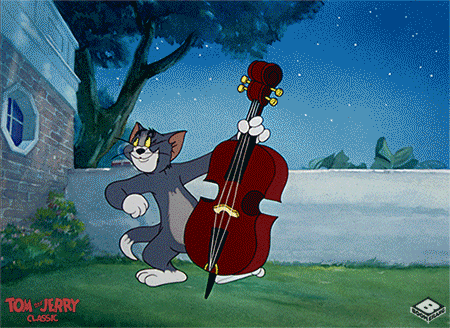4.5 Voice Leading with Seventh Chords in Inversions
1 min read•january 13, 2023
Mickey Hansen
AP Music Theory 🎶
72 resourcesSee Units
4.5: Voice Leading with Seventh Chords in Inversions
When we write inversions of sevenths chords in a harmonic progression, it in important to keep entry and exit of the chord through a stepwise motion. Minimal or no leaps in or out of a seventh chord is essential. Seventh chords in inversions often allow the bass to have a melodic stepwise quality. Just like those walking bass players in jazz!

Leading-tone seventh chords, the ⅶo7 diminished and ⅶø7, have two possible functions:
- To substitute for the Ⅴ or Ⅴ7 chord as part of the dominant, or
- Placed between tonic chords, to prolong the tonic in a stepwise voice leading

Lastly, inverted chords should contain all the tones of the chord. While it is okay to omit chord tones in a seventh chord in root position, any inversion chords cannot do so. Keep them all!

🦜 Polly wants a progress tracker: If you have a V7 chord in the key of A Major, what is the 7th chord tone and to what note will it resolve?
Browse Study Guides By Unit
🎵Unit 1 – Music Fundamentals I (Pitch, Major Scales and Key Signatures, Rhythm, Meter, and Expressive Elements)
🎶Unit 2 – Music Fundamentals II (Minor Scales and Key Signatures, Melody, Timbre, and Texture)
🎻Unit 3 – Music Fundamentals III (Triads and Seventh Chords)
🎹Unit 4 – Harmony and Voice Leading I (Chord Function, Cadence, and Phrase)
🎸Unit 5: Harmony and Voice Leading II: Chord Progressions and Predominant Function
🎤Unit 7 – Harmony and Voice Leading IV (Secondary Function)
📝Exam Skills
📆Big Reviews: Finals & Exam Prep

Fiveable
Resources
© 2023 Fiveable Inc. All rights reserved.